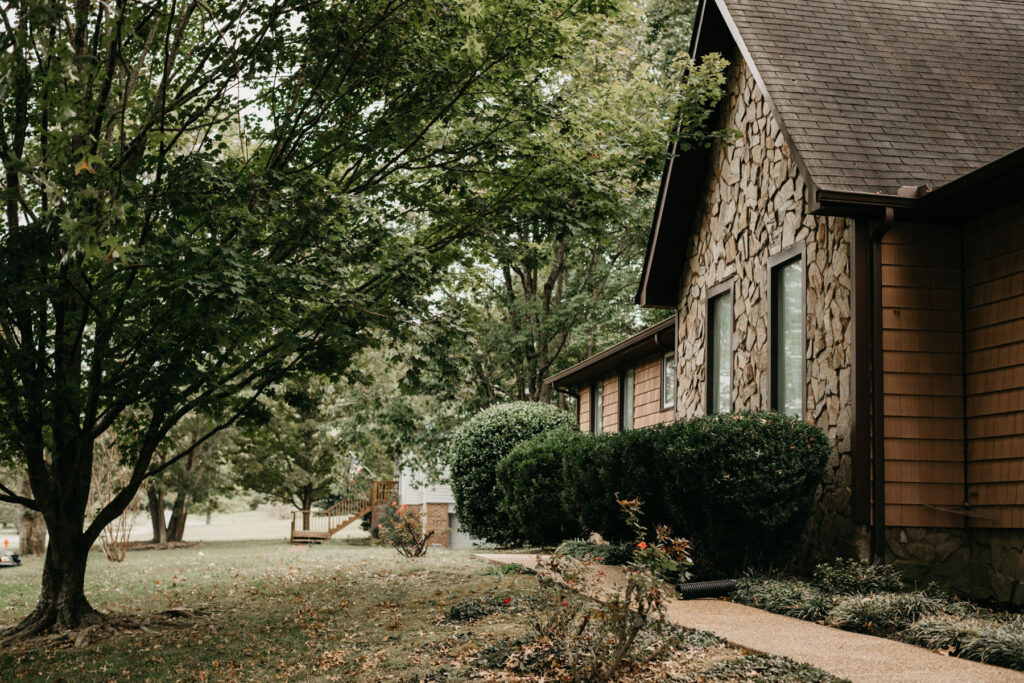Let’s talk about causes of foundation settlement. Your home is resting upon many different layers of soil, each with different thicknesses and abilities to hold the weight of your home. They were formed or deposited there when the earth was formed. Some layers were carried and deposited by water, some by wind, and some by glaciers. Some layers may have even been put under your home by your home builder, who commonly moves soil around to create flat, build-able lots of land.
Typically, soil layers get stronger with depth. In most locations, you will find a shallow layer near the very surface that is organic, making it easy for plants and other vegetation to grow. Below that top layer, you may find layers of sandy, silty, or clayey soils, depending upon where you lives and how the soil got there. Deep below these layers is a soil layer of bedrock, which is very stable, dense soil.
What is Settlement?
Simply stated, settlement is the movement your home experiences when the soil below can no longer support the weight of your home. There are three common changes in soil that are causes of foundation settlement.
DRYING AND SHRINKING OF SOIL
- Drought – After many month or years of drought, clay soil dries out. When clay dries, it shrinks. As the amount of soil around your house shrinks in size, it creates an empty space for your home to settle into.
- Maturing Trees – Did you know that the root system of a tree is often two time the size of the tree canopy? This means, a tree with branches that extend over your home, most likely has roots that extend under your home, drawing valuable moisture from the soil. When the soil dries out…well, you know!
WETTING AND SOFTENING OF SOIL
- Heaving rain & flood conditions – As clay soil gets wet, it holds on to the water and becomes very soft. This soft soil can be weak, causing the home to shift or ‘sink’ down into it. In some ways, it is similar to when you step in mud and your foot ‘squishes’ into the soil.
- Poor drainage – It water is allowed to stand or pond next to your home, the soil will absorb the water and again, weaken the soil.
COMPRESSION OF POORLY COMPACTED FILL SOIL
A common practice when developing neighborhoods involves removing soil from hilltops and placing it in valley to create flat, build-able lots. If this fill soil is not compacted well, it will compress under the weight of the home, causing settlement.



